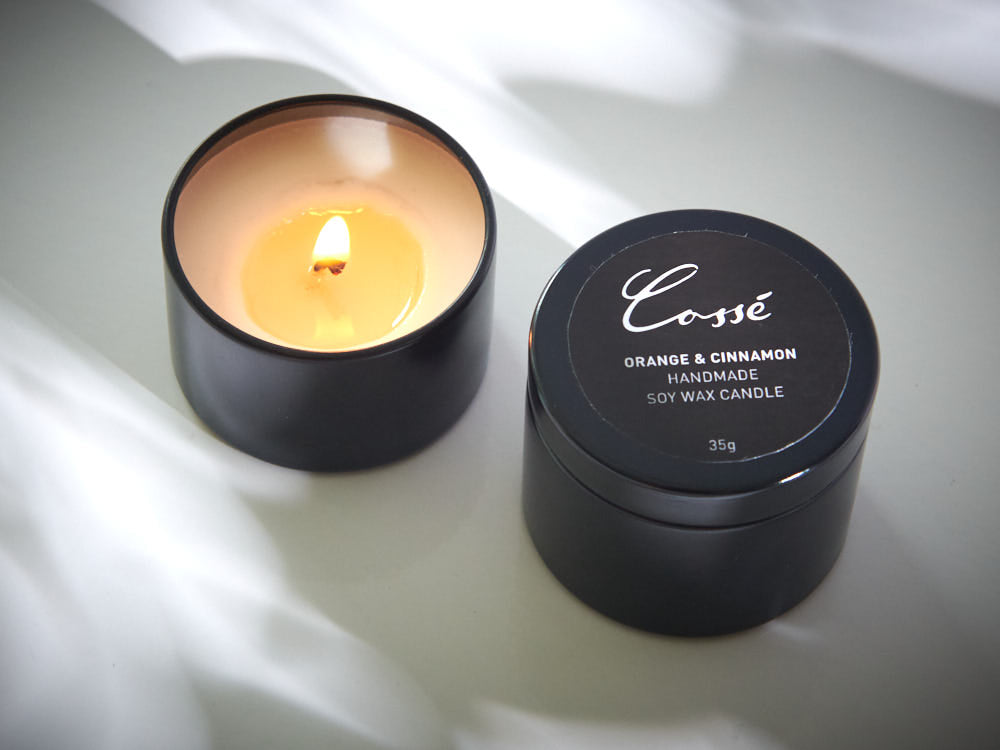Encounter the Tranquility of Crystal Soy Candles and Home Fragrance
Encounter the Tranquility of Crystal Soy Candles and Home Fragrance
Blog Article
From Wick to Wax: Comprehending the Chemistry Behind Soy Wax Candles and Their Environmental Influence
As we illuminate our spaces with the cozy glow of candles, there lies a realm of detailed chemistry behind the seemingly basic act of lighting a soy wax candle. Join us as we untangle the scientific intricacies behind soy wax candle lights and explore their ramifications on our environment.
Soy Wax Vs. Paraffin Wax
When contrasting soy wax and paraffin wax for candle production, it is necessary to comprehend the distinct characteristics and benefits of each product. Soy wax is an all-natural, renewable energy acquired from soybean oil, making it green and biodegradable - soy candles. In contrast, paraffin wax is a by-product of oil refining, which raises concerns about its ecological effect and sustainability
Soy wax candle lights melt cleaner and produce less soot contrasted to paraffin wax candles, making them a healthier choice for interior air top quality. Furthermore, soy wax has a lower melting factor, enabling a longer-lasting candle light that disperses fragrance better. Paraffin wax, on the various other hand, tends to shed faster and less easily, potentially launching harmful chemicals right into the air.
From a sustainability perspective, soy wax is preferred for its biodegradability and eco-friendly sourcing, straightening with the expanding customer choice for eco aware items. While paraffin wax has been a traditional selection in candle light making as a result of its cost and ease of usage, the shift towards environmentally friendly options like soy wax is acquiring energy in the industry.
Chemical Composition of Soy Wax

Combustion Process in Soy Candles
The chemical structure of soy wax directly influences the burning process in soy candle lights, affecting factors such as burn time, aroma release, and ecological impact. When a soy candle light is lit, the warm from the fire thaws the wax near the wick. This fluid wax is after that created the wick due to capillary activity. As the liquid wax gets to the fire, it goes through and evaporates combustion. The combustion process entails the vaporized hydrocarbons in the wax reacting with oxygen airborne to generate warm, light, water vapor, and carbon dioxide.
The combustion performance of soy candle lights is influenced by the pureness of the soy wax and the quality of the wick. A clean-burning soy candle with a correctly sized wick will lessen and create a stable fire residue formation. This not only prolongs the burn time of the candle yet also improves the release of scents. Additionally, soy wax candles have a reduced ecological influence compared to paraffin candles as a result of their eco-friendly and sustainable nature.

Environmental Benefits of Soy Wax

Considered a sustainable choice to conventional paraffin wax, soy wax uses remarkable ecological benefits that make it a popular choice among eco-conscious customers. One considerable advantage of soy wax is its eco-friendly sourcing. Soy wax is acquired from soybean oil, which is mostly grown in the United States. The cultivation of soybeans assists sustain regional farmers and decreases the dependency on non-renewable nonrenewable fuel sources utilized in paraffin wax manufacturing. In addition, soy wax is eco-friendly, indicating it breaks down normally without launching harmful contaminants into the setting. This particular makes soy wax candle lights an extra eco-friendly alternative compared to paraffin wax candle lights, which are made from petroleum, a non-renewable source. Additionally, soy wax burns cleaner and generates much less soot than paraffin wax, adding to better interior air quality and lowering the requirement for cleansing and maintenance. On the whole, the environmental advantages of soy wax align with the growing need for green and sustainable items out there.
Recycling and Disposal Factors To Consider
Recycling and proper disposal of soy wax candle lights play a critical role in preserving environmental sustainability and lowering waste in households and neighborhoods. When it concerns reusing soy wax candle lights, the initial step is to make certain that the candle has actually melted entirely. This can be achieved by permitting the candle light to melt till the wick is no much longer functional, and afterwards letting the staying wax cool and solidify. Once the wax has solidified, it can be very carefully eliminated from the container.

In regards to disposal, if recycling is not a choice, soy wax candle lights are eco-friendly and can be safely taken care of in the majority of family waste systems. It is constantly suggested to check with neighborhood recycling centers or waste administration solutions for specific standards on candle disposal to make certain appropriate handling and environmental protection.
Conclusion
In conclusion, the chemistry behind soy wax candles reveals their environmental benefits over paraffin wax candle lights. Soy wax, derived from soybean oil, burns cleaner and creates much less soot when contrasted to candles paraffin wax.
When contrasting soy wax and paraffin wax for candle light production, it is necessary to comprehend the distinctive qualities and benefits of each product (home fragrance).Soy wax candle lights melt cleaner and send out less soot compared to paraffin wax candles, making them a much healthier selection for interior air quality.Thought about a sustainable choice to conventional paraffin wax, soy wax uses significant ecological advantages that make it a preferred choice among eco-conscious consumers. Soy wax burns cleaner and creates less soot than paraffin wax, adding to far better interior air top quality and reducing the need for cleaning and maintenance.In final thought, the chemistry behind soy wax candles reveals their environmental advantages over paraffin wax candles
Report this page